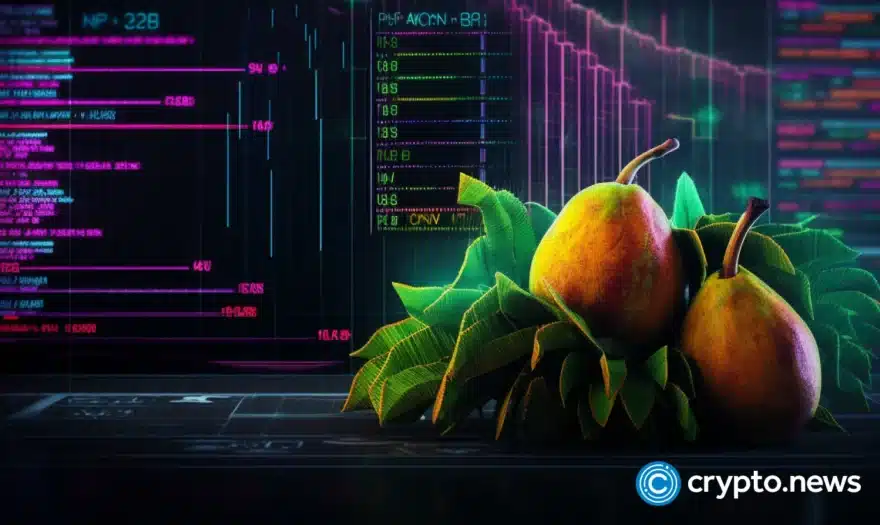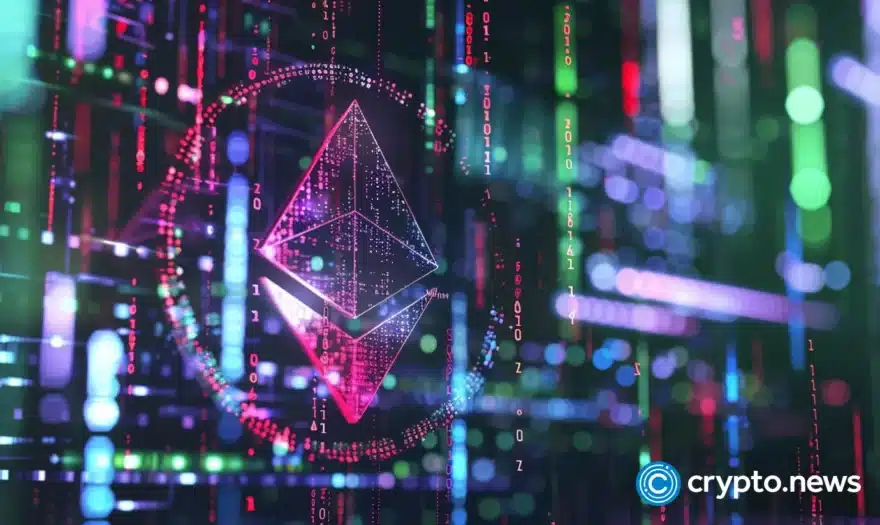Applications of Blockchain in Environmental Conservation Techniques

Policymakers worldwide have focused on using various technological tools to address the challenges of climate change and biodiversity loss in the last few years. An emerging technology that has sparked a fair bit of interest regarding its potential to help curb the impending climate crisis is blockchain.
Making Environmental-Friendly Choices via Blockchain Technology
A blockchain is essentially a public digital database that is unchangeable, transparent, tamper-proof, and shared across a community. While the technology is best known as the architecture underpinning cryptocurrencies such as Bitcoin and Ethereum, it is poised to disrupt many industries over the next few years.
Blockchain technology is already being used in banking and payments, but it’s also finding applications in other areas ranging from tracking the sustainability of products to real-time pollution monitoring.
This short article will examine how this new technology can be used in environmental conservation practices.
1. Open Supply Chain Management
We live in a world where people are increasingly concerned about how what they consume is produced. People want to buy products that are ethically made, but that sort of information is often scant and unreliable.
The blockchain provides an opportunity for environmental watchdogs and consumers, in general, to track goods from origin to final destination.
The immutable nature of blockchain means that manufacturers and producers are less likely to lie about how their products are made or grown, what materials they use, how they dispose of waste, and how they treat employees.
With such information being more readily available, socially conscious consumers can buy more environmentally friendly products and pressure unscrupulous producers to stop environmentally harmful practices in their manufacturing processes.
The transparency and traceability of goods and products occasioned by the use of blockchain in the supply chain can also help manufacturers reduce inefficiency and waste, thereby putting less strain on the environment.
2. Sustainable Resource Management
Traditional power grids and water supply schemes are often bogged down by waste and inefficiency, putting more pressure on these already scarce resources. However, it is possible to leverage blockchain technology to power cleaner and more resource-efficient water and energy systems.
For instance, organizations could use blockchain-enabled platforms to collate data on the use of these resources. Such information could help them better manage the resources and their distribution systems.
Additionally, almost every aspect of the energy system can impact the environment. The magnitude of these effects will vary depending on how and where energy is generated and supplied.
But the impact of power generation and transmission on the environment could be mitigated using blockchain technology to underpin peer-to-peer energy systems.
Such systems would help incentivize green energy installations in communities, thus reducing reliance on mainstream grids and lessening their environmental impact.
Examples of such peer-to-peer platforms include TransActive, SubContract, and Power Ledger. These companies enable communities to generate and sell solar energy to each other by setting real-time prices and implementing transactions over a blockchain.
3. Incentivizing Recycling
Recycling is a crucial aspect of conservation practices worldwide, but people are often not sufficiently motivated to participate. A blockchain-based recycling program could solve this problem by offering financial rewards in the form of crypto tokens in exchange for recyclable items such as bottles, cans, and plastic containers.
Realizing financial value from items that are currently deemed worthless could spark a widespread change in behavior and help create a truly sustainable circular economy.
Numerous organizations are already developing such blockchain-based recycling initiatives. For instance, Plastic Bank uses IBM cloud computing and blockchain technology to power a program that generates income from plastic waste found in oceans.
Through its sustainability initiative, Plastic Bank aims to establish collection points next to the sea where people can take plastic waste they’ve picked up on the beach and get paid in crypto, cooking oil or even a spot to charge their mobile devices.
Another blockchain-based recycling project is RecycleToCoin, which enables people to get paid in cryptocurrency for returning used plastic containers and aluminum cans.
Blockchain technology can also track and quantify the impact of recycling programs. It would enable organizations or even individuals to easily keep tabs on data such as the volume of materials recycled, the cost of the process, and the profits, if any, that accrue from the process.
4. Efficient Management of Nonprofits
The environmental conservation space is populated chiefly by nonprofit organizations. However, the work of these organizations is often hampered by bureaucracy, inefficiency, and corruption, thereby minimizing their real-world impact.
Blockchain can be used to manage, demonstrate, and streamline the processes of these organizations. The technology can automate and manage data collection on things like greenhouse gas emissions or even the population of endangered species.
Additionally, blockchain can be used to minimize fraud and corruption. It can help ensure that funds meant for conservation activities are all used for the intended purpose rather than being diverted into people’s pockets.
Since blockchain allows for the transfer of money without the need for bank accounts, it is possible to use the technology to fund unbanked and underserved communities or organizations engaged in conservation activities worldwide without going through intermediaries or jumping through bureaucratic hoops.
5. Carbon Footprint Monitoring
A carbon footprint refers to the total amount of greenhouse gasses emitted by an individual, organization, place, event, or product. An idea has been mooted to impose a punitive tax on products and services commensurate with their environmental impact.
Many people have argued that this “carbon tax” is one of the most efficient and cost-effective ways to protect the environment because it forces manufacturers and consumers to consider less environmentally unfriendly processes.
Unfortunately, it has so far been difficult to accurately determine the environmental impact of each product and service. As such, carbon taxes have yet to be factored into their prices. This means that manufacturers still have minimal incentive to reduce their carbon footprints.
But blockchain is emerging as a potential gamechanger. The technology can track, collect, and store the data required to determine a product’s environmental impact and protect it from tampering. This would then make it easier for policymakers to assess the amount of carbon tax to charge.
Such a turn of events would probably force rogue manufacturers to conform to environmental best practices or be driven out of business.
Additionally, environmental conservationists could develop a blockchain-based reputation system that would rank products and manufacturers on their carbon footprints. To gain a more favorable reputation, manufacturers must be more transparent in their dealings and avoid wasteful, inefficient, and environmentally unfriendly processes.
Final Thoughts
Blockchain has enormous promise in environmental conservation; its application can be used for socio-economic activities such as conservation planning and wildlife protection. It can also aid in assessing contractual performance and the efficient distribution of funds in conservation circles, which can significantly improve the effectiveness of environmental conservation projects and maximize the societal return on investment.
However, one of blockchain’s biggest drawbacks is the massive amount of energy and computing power required to process transactions on two of the most popular networks, Bitcoin and Ethereum. Until the environmental impact of these networks are addressed, using them for any conservation activities would feel a tad hypocritical.













